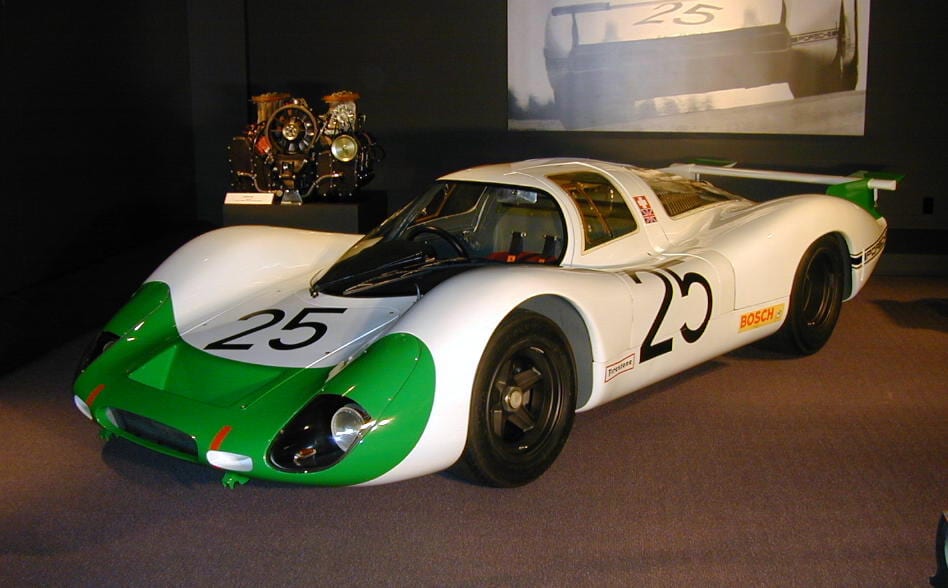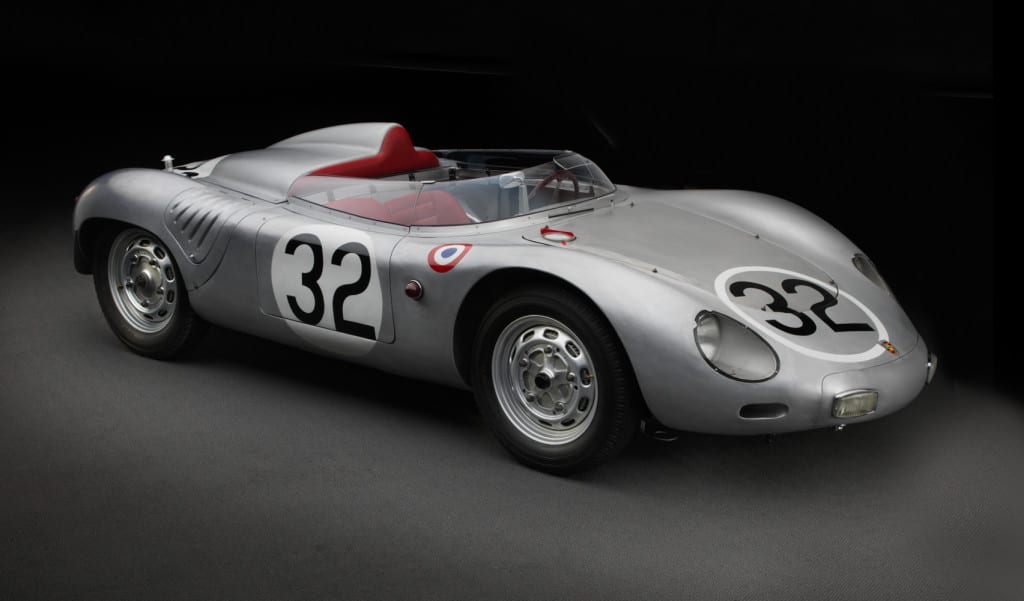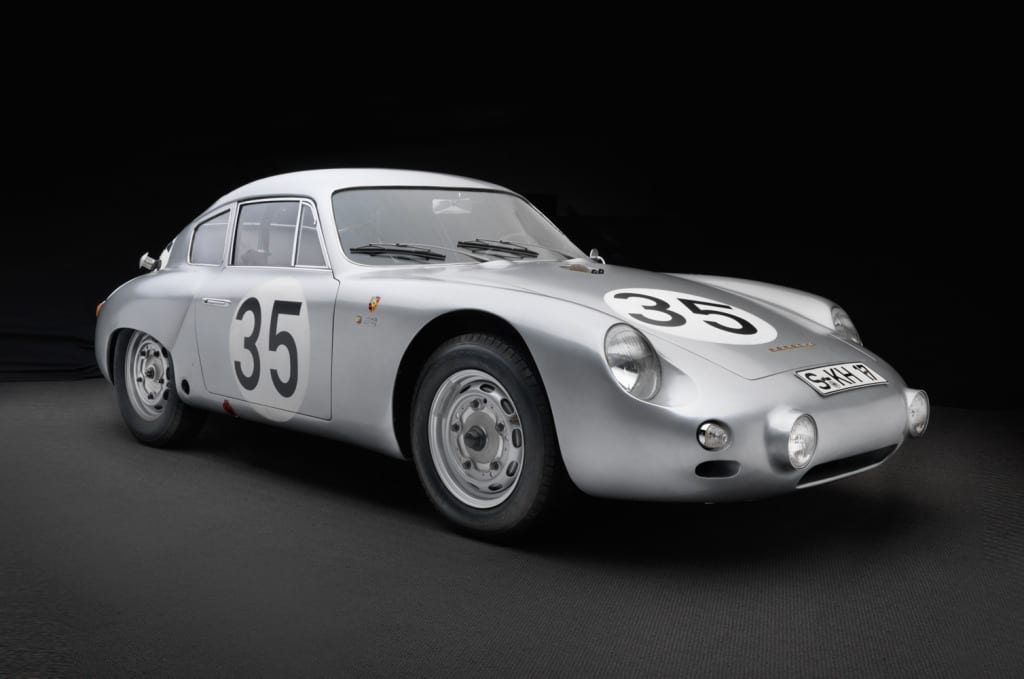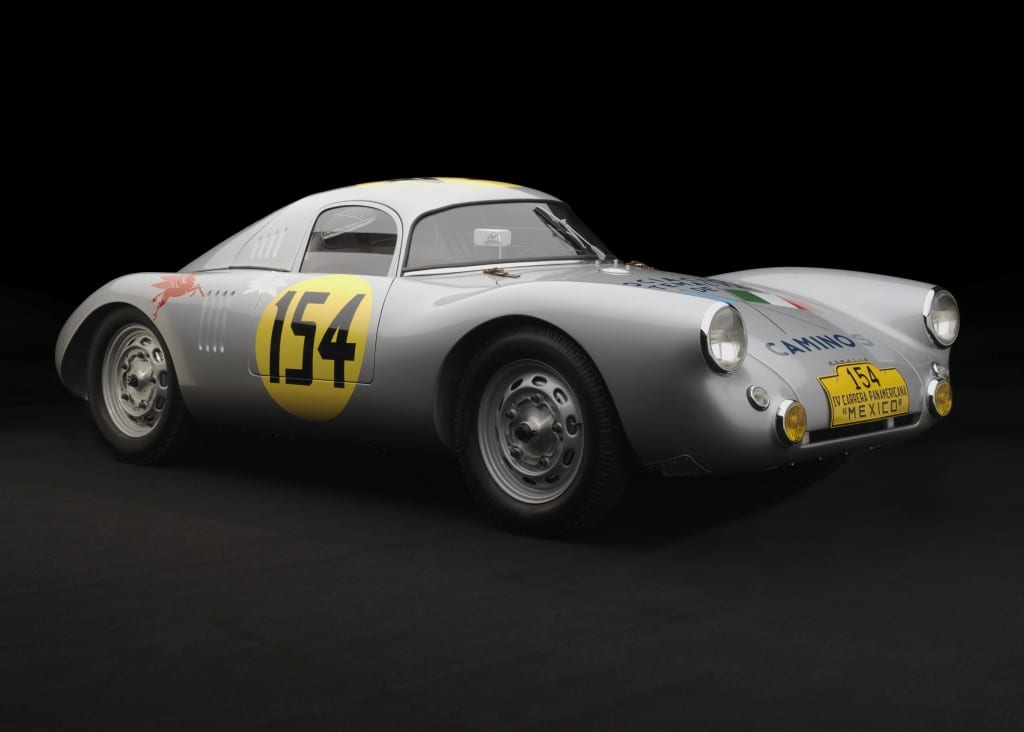REVS Institute to Feature Special Porsche Race Cars at Porsche Rennsport Reunion V Sept. 25-27
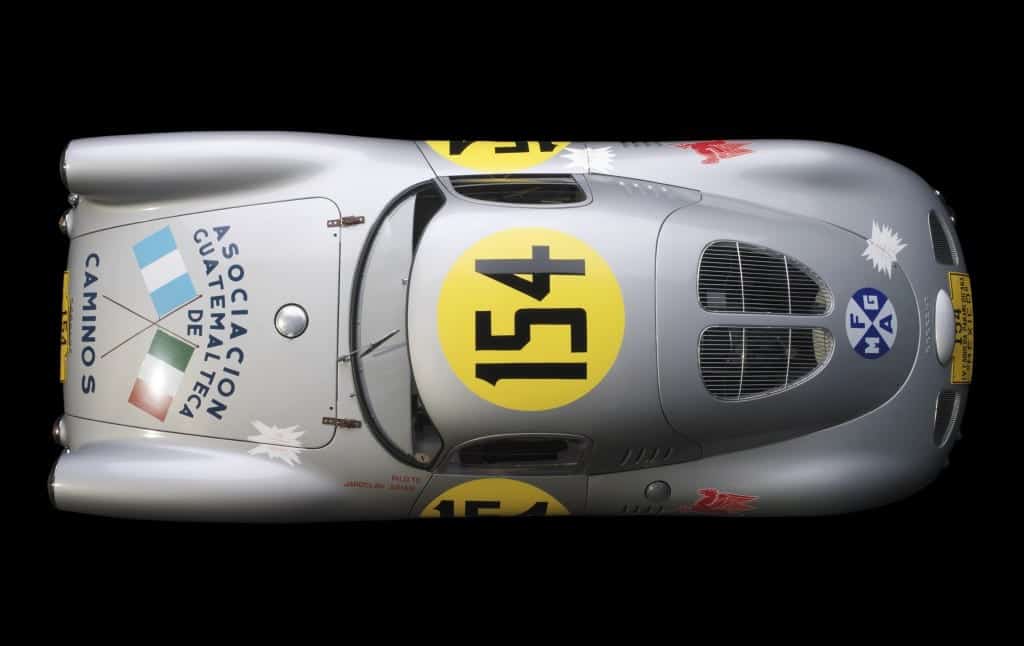
MONTEREY, Calif., September 21, 2015 — Porsche Rennsport Reunion V is about all things Porsche, and in particular the men and machines that have catapulted the German automaker into racing’s highest stratosphere of victories with scores of wins across the continents. Come Sept. 25-27, all eyes and ears will be turned toward the coastal community of Monterey as Porsche Rennsport Reunion V unleashes some of the most famous Porsche race cars of all time – racing on the iconic track and swelling the surrounding hills with Porsche corrals and more.
Among the world’s premier automotive collections, few stand above Revs Institute for Automotive Research, Inc. in Naples, Fla. Dedicated to not only showcasing historic cars, Revs Institute for Automotive Research, Inc. is a not-for-profit 501(c)(3) organization and is recognized for its extensive library, outstanding periodical collections that date from the 1890s and its photograph and manuscript collections on all things automotive. The automotive research institute houses The Collier Collection featuring over one hundred of the most significant and influential automobiles of our time.
Here is a sample of its collection that Revs Institute is showcasing.
1969 PORSCHE 908 LH, Serial No. 908 025
Flat-eight air-cooled engine, mounted midship, twin overhead camshafts, fuel-injected,
2997 cc, 350 hp at 8400 rpm.
Wheelbase: 90.4 inches. Weight: 1350 pounds.
In 1969 this car won at the ultra-fast Spa circuit in Belgium with Jo Siffert/Brian Redman driving. Despite its superbly efficient appearance, the 908 LH was no easy car to drive fast. Beautiful but imperfect aerodynamics made the racers weave back and forth as speeds approached 200 mph, a proclivity as daunting to the drivers as to any competitor who might try to overtake. Brian Redman summed up his feelings for the display car, saying “it scared me stupid.” Terrified or not, Redman set fastest lap at 145.28 mph (a new course record) on his way to victory. The most successful long tail campaigned by Porsche, this car also came second to a sister 908 LH at Monza and retired with a broken countershaft gear at Daytona. That one victory, a second and a dnf were sufficient for top honors is explained by simple mathematics: to win the world championship in 1969 Porsche built a total of 52 brand-new racing cars.
1959 PORSCHE 718 RSK Spyder, Serial No. 718-007
Flat-four air-cooled engine, mounted midship, twin overhead camshafts
1498 cc, 150 hp at 7200 rpm
Wheelbase: 82.7 inches. Weight: 1240 pounds.
The car is distinguished by the company it kept. Wolfgang von Trips, Jo Bonnier, Edgar Barth, Umberto Maglioli and Paul Frère were among the drivers who raced it. Given the number of his events in the car, von Trips seems to have particularly liked 718-007. During a busy season in 1959, the car competed at Spa, the Targa Florio, Nürburgring, Le Mans, the Rheims Formula II race, the Gaisberg hillclimb and Goodwood. At the Targa, 718-007 established the fastest lap and led consistently until a last lap suspension failure snatched away victory. Laid down by Porsche in early 1959, 718-007 was one of the third series of RSKs distinguished by wishbone rear suspension and a simplified rear chassis to ease in-car gear set changes. As well it was one of two factory cars converted to center steering to allow participation in Formula II races.
1960 PORSCHE Abarth-Carrera GTL, Serial No. 1001
Flat-four air-cooled engine, rear-mounted, twin overhead camshafts,
1587 cc, 135 hp at 6500 rpm.
Wheelbase: 82.7 inches. Weight: 1762 pounds
At Le Mans in 1960 the car saved Porsche’s honor by being the only factory entry to finish…and by winning its class. Not only was the new Italian-bodied Carrera faster than the German original, it was one of the best-looking cars yet to come out of Stuttgart. In mid-1959, absorbed with its Formula I program yet anxious to maintain a successful GT effort, Porsche sought outside help to keep its aging GT Carreras competitive. Specifically needed was someone to build 20 lightweight bodies for the standard 356B chassis. The company asked Austro-Italian Carlo Abarth to serve as a as middleman between Porsche and Cisitalia. Without Porsche’s knowledge, Abarth hired Franco Scaglione, formerly of Bertone to design, and the Viarengo & Filipponi Coachworks to build, the new body. A little over five inches was chopped off the standard Porsche Carrera’s height, a little under five was cut from its width, while the elimination of bumpers pared a full five inches from its overall length. The Porsche men were distressed by what they got. With roadworthiness attended to, the GTL, with non-homologated disc brakes, finished 2nd in the sports class at the Nürburgring on its first outing. At Le Mans, driven by Herbert Linge and R.J. Walter, this car was the factory’s sole GT entry. Timed at 138 mph on the Mulsanne straight, Linge said the car was still accelerating past the speed trap. Unfortunately for Linge and Walter, the race was a wet one. The Abarth body allowed water in, the Porsche floor pan didn’t let it out. Seats and floorboards were awash most of the 24 hours. Subsequently, this car won its class at Monza and the Tourist Trophy before finishing out its career as a hillclimb racer for Swiss privateer Siegfried Lang.
1953 PORSCHE 550 Coupe, Serial No. 550-01
Flat-four, air-cooled, pushrod engine, mounted midship,
1498 cc, 98 bhp at 6000 rpm.
Wheelbase: 82.7 inches. Weight: 1200 pounds.
By the early fifties Porsche found that modified production cars would no longer win races. It was time Porsche themselves designed a car specifically for racing. The 1498cc production car engine was “improved” for higher power and fitted with twin-choke Solex 40 PII downdraft carburetors. An external oil cooler in the nose joined the wet-sump lubrication system. With Le Mans in mind, a coupe was planned, but the first car finished competed as a roadster in its initial race at the Nürburgring. Because it rained, Helm Glöckler would have preferred the car to have had its hardtop but he fought the wet weather, Borgward and EMW, as well as carburetion problems – and won. Victory the first time out for any race car is a good thing. At Le Mans, Hans Hermann joined Helm Glöckler in 550-01 and two driver-journalists –Richard von Frankenberg and Paul Frère – took 550-02. During practice with coupe tops fitted, the Porsches realized 124 mph on the Mulsanne straight but at a hellish price for the drivers. Still, claustrophobia, the lack of ventilation, and an almost unbearable noise level were inconveniences grudgingly endured for the speed advantage. The two cars were within a lap of each other for the entire 24 hours and crossed the finish line at the same interval at which they started. Le Mans scorers abhorred a tie, so a little more distance was found for 550-02, and the journalists took both the 1500 cc class and a new record.
For full advance ticket and hospitality information, please visit MazdaRaceway.com or call 831-242-8200. Additional information may also be found at PorscheRennsportReunion.com.
